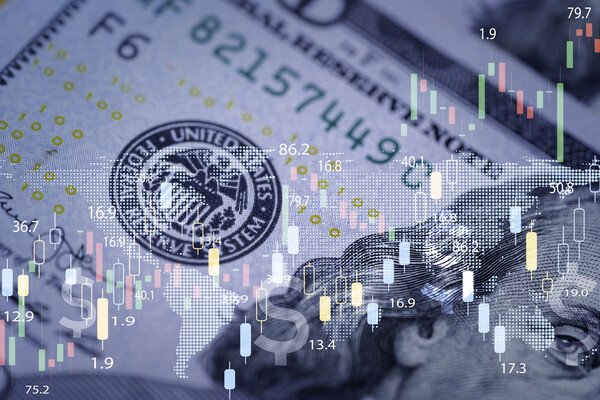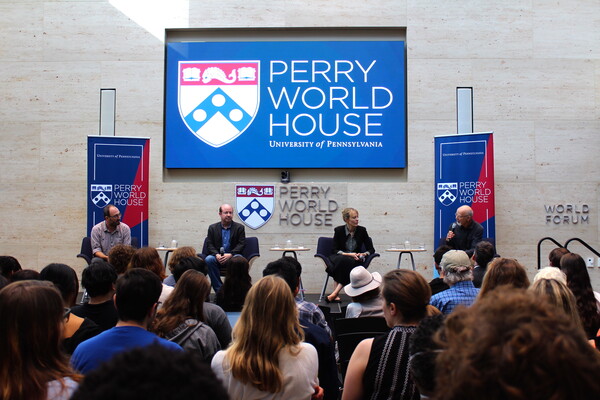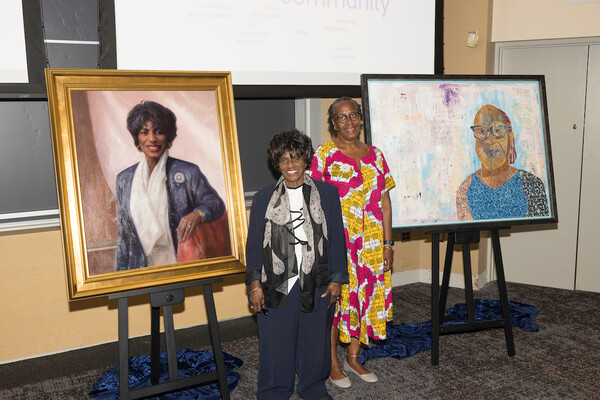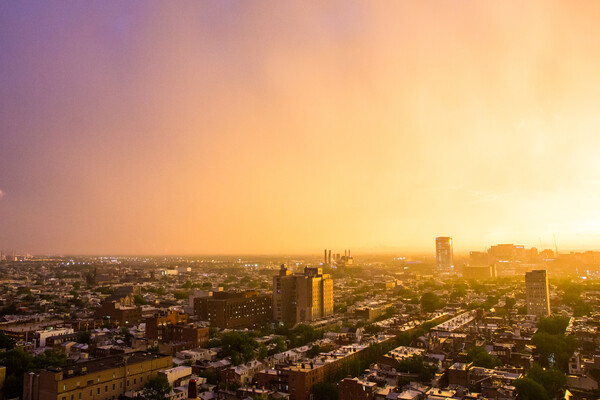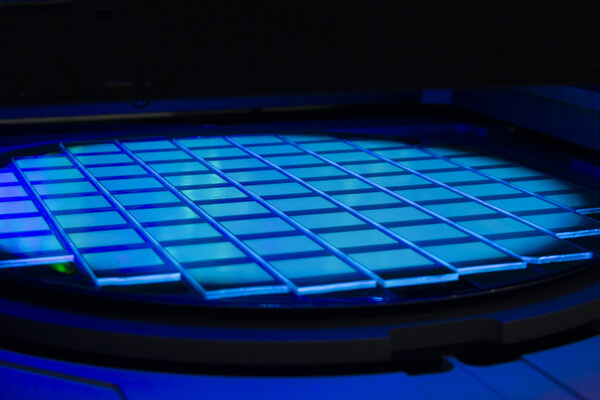
Jina Ko (left) and Kevin Johnson (middle), from both the School of Engineering and the Perelman School of Medicine, along with Sheila Shanmugan (right) from the latter, have received the National Institute of Health Director’s Award to support their “highly innovative and broadly impactful” research projects through the High-Risk, High-Reward program.
no cred

